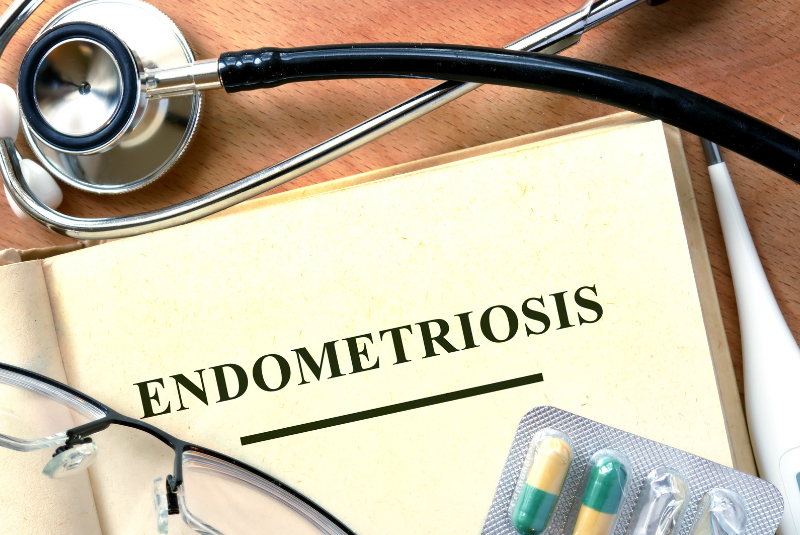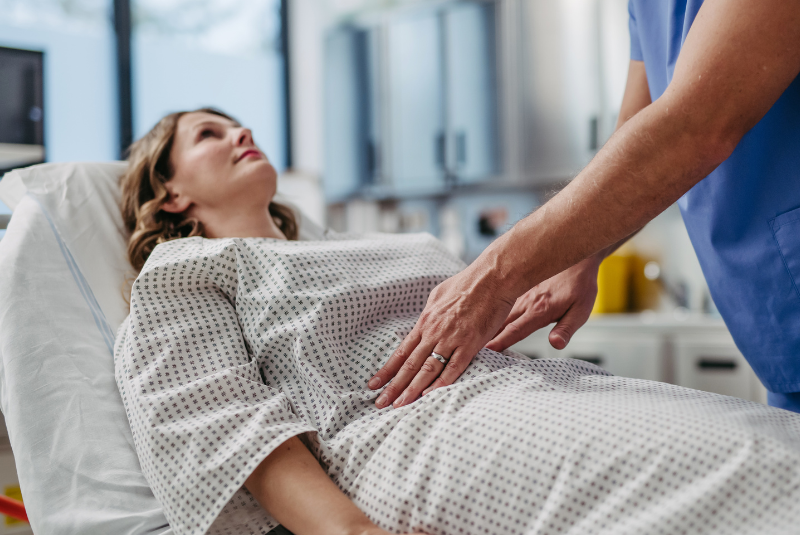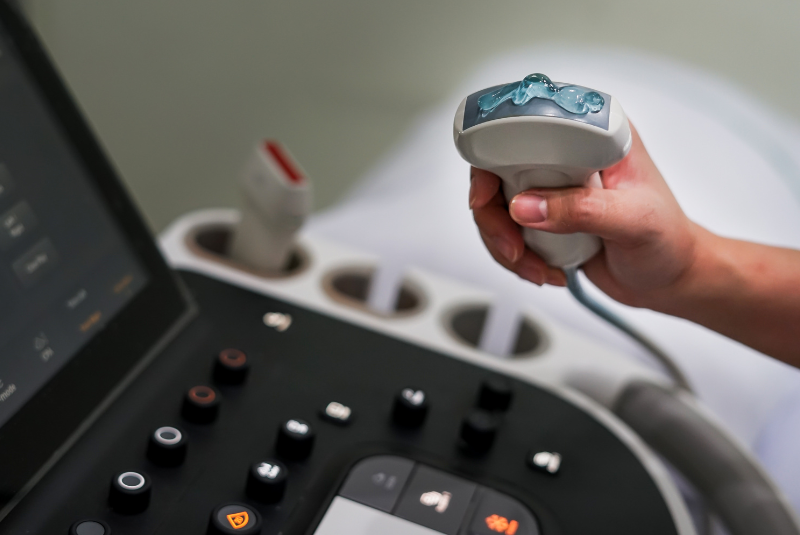
Vanessa and Nicholas Peat
10 November 2025
What Is Endometriosis?
Endometriosis is a chronic inflammatory condition where tissue similar to the womb lining (endometrium) grows outside the uterus, often on the ovaries, fallopian tubes, bowel, or pelvic wall.
This misplaced tissue responds to monthly hormonal changes, thickening and bleeding, but it has no exit route from the body. Over time, this causes inflammation, scar tissue (adhesions), and cysts (endometriomas), leading to chronic pelvic pain, fatigue, and possible fertility issues.
According to the Royal College of Obstetricians and Gynaecologists (RCOG), endometriosis is one of the most common gynaecological conditions in the UK and can significantly affect physical, emotional, and social wellbeing.
A Journey Close to Home
At Uniquely Created U, this topic is deeply personal. Our Co-Director Vanessa Peat endured years of heavy, painful periods and debilitating fatigue before finally being diagnosed with endometriosis and adenomatosis. Like many women, her symptoms were often dismissed or attributed to other conditions.
That journey fuels our mission: helping women understand their bodies, trust their instincts, and seek informed, compassionate care.
Why Endometriosis Is Often Misunderstood or Misdiagnosed
Despite affecting millions worldwide, endometriosis remains under-recognised. On average, women in the UK wait 7–8 years for a diagnosis (NICE, NG73).
Here’s why it’s often missed:
1. Overlapping symptoms
Endometriosis symptoms can also mimic other conditions such as
- Irritable bowel syndrome (IBS) – due to bloating, diarrhoea, or constipation
- Pelvic inflammatory disease (PID) – because of chronic pelvic pain
- Bladder pain syndrome or cystitis – as pain may worsen during urination
- Gastrointestinal issues – abdominal cramping or nausea
As a result, women are sometimes referred to gastroenterologists or urologists before seeing a gynaecologist.

2. “Normalised” period pain
Cultural and medical attitudes still minimise menstrual pain. Many are told to “just take painkillers” or that their symptoms are “part of being a woman.” This normalisation leads to repeated GP visits without escalation to specialist review.
3. No simple test
Unlike some other diseases, there is no blood test or simple scan to diagnose endometriosis. Ultrasound and MRI can help, but a normal scan does not necessarily rule it out (RCOG). The gold standard remains a laparoscopy, a minimally invasive surgical procedure that allows for visual confirmation and treatment.
4. Complexity of presentation
Some women experience severe pain with minimal visible disease, while others have extensive endometriosis and little discomfort. Because the condition can affect multiple organs, symptoms can appear fragmented: digestive issues, fatigue, painful sex, and infertility, making a holistic assessment essential.

Recognising the Symptoms
Symptoms of endometriosis vary but often include:
- Severe or worsening period pain (dysmenorrhoea)
- Heavy or irregular bleeding
- Pain during or after sex (dyspareunia)
- Pain when opening bowels or passing urine
- Cyclical bloating and digestive upset
- Chronic fatigue or low energy
- Difficulty conceiving or infertility
These symptoms may flare cyclically or persist throughout the month. If you recognise these signs, speak with your GP and ask for a referral to a gynaecologist experienced in endometriosis.
The Diagnostic Journey
Diagnosis typically involves several stages:
- Symptom mapping and medical history
A detailed review of your pain patterns, cycle, and other symptoms. - Pelvic examination
To check for tenderness, nodules, or reduced organ mobility. - Ultrasound or MRI
To identify cysts or deep endometriosis (though these may miss smaller lesions). - Laparoscopy
A keyhole procedure that allows both diagnosis and treatment.

Treatment and Management Options
There’s currently no cure for endometriosis, but symptoms can be effectively managed with the right approach:
- Pain relief: NSAIDs or prescribed medication for inflammation and pain.
- Hormonal therapies: Contraceptive pill, progestogen-only treatments, or hormonal IUS (e.g., Mirena®) to reduce hormone fluctuations.
- Surgery: Laparoscopic excision or ablation to remove lesions and scar tissue.
- Lifestyle and nutrition: Reducing inflammation, improving gut health, supporting sleep, and managing stress all play a vital role.
- Psychological and physiotherapy support: Chronic pain can affect mental health and pelvic muscle function; integrative care is key.
For those entering or post-menopause, the British Menopause Society (BMS) advises that HRT (Hormone Replacement Therapy) can be safely used with professional guidance, even after surgical menopause, to protect bone and heart health.
Why Holistic Support Matters
Endometriosis doesn’t just affect the reproductive system, it influences every aspect of wellbeing: sleep, mood, relationships, fertility, and energy. At Uniquely Created U, we see firsthand how empowering it can be to understand these interconnections.
Our mind-body-move® approach integrates nutrition, lifestyle medicine, medical insight, and emotional support, helping women feel seen, supported, and understood.
Let’s Navigate This Together
If you are living with persistent pelvic pain, fatigue, or symptoms that don’t feel “normal,” you deserve answers, and support.
At Uniquely Created U, our team combines medical expertise (via Dr Nicholas Peat) and first-hand lived experience (through Vanessa Peat) to guide women on their journey to better health.
Get in touch to explore how we can help you navigate your women’s health journey with clarity and confidence.
